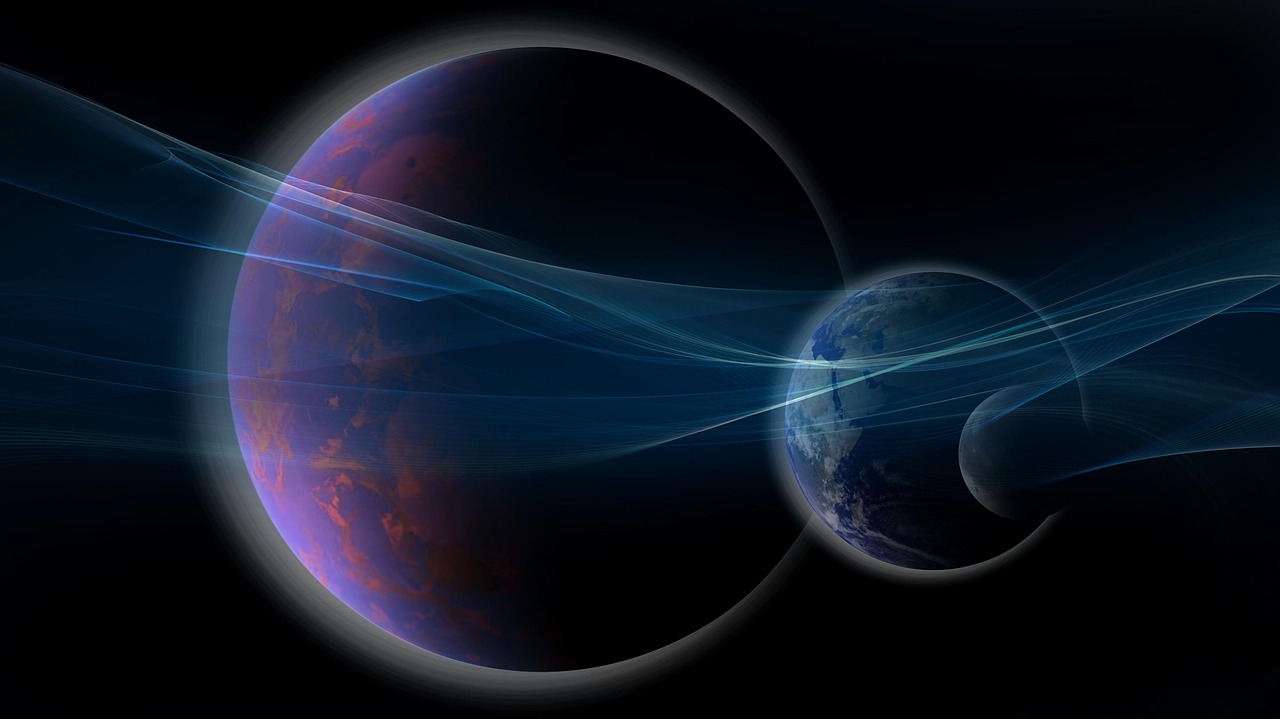New research points to a massive celestial body that could explain the unusual tilt of the solar system, offering tantalizing clues about the forces that shaped our cosmic neighborhood.
Key Points at a Glance:
- Scientists suggest a giant object may have caused the solar system’s peculiar tilt relative to the Sun’s equator.
- This theory builds on existing ideas of unseen celestial bodies influencing planetary orbits.
- The findings may reshape our understanding of the solar system’s early dynamics and evolution.
Our solar system has long puzzled astronomers with its unusual alignment. The planets’ orbital plane is tilted by approximately 6 degrees relative to the Sun’s equator. For decades, this tilt has defied straightforward explanation, prompting researchers to dig deeper into the system’s formative years.
A recent study proposes that a massive object, possibly a planet or a dense cloud of material, could be the missing piece of the puzzle. This giant object might have exerted gravitational forces during the solar system’s formative period, causing the tilt we observe today. If confirmed, this discovery would offer a significant breakthrough in understanding the forces that sculpted the solar system.
The study, conducted by a team of astrophysicists, suggests that this hypothetical giant object could have been located in the outer reaches of the solar system. Its gravitational influence may have been strong enough to nudge the entire planetary disk over millions of years.
This theory complements other hypotheses, such as the existence of the elusive “Planet Nine,” a proposed massive planet that some researchers believe exists far beyond Neptune. However, while Planet Nine’s existence remains unproven, the new study opens the door to other possibilities, such as a massive disk of debris or even a primordial black hole as the culprit.
If a giant object did indeed warp the solar system’s alignment, it raises critical questions about the solar system’s early dynamics. Did this object form alongside the planets, or was it an interloper captured by the Sun’s gravity? Could its influence extend to other unexplained phenomena, such as the eccentric orbits of some trans-Neptunian objects?
Moreover, understanding the tilt’s origins could shed light on planetary systems beyond our own. Many exoplanetary systems exhibit eccentric or tilted orbital planes. By studying our solar system’s tilt, scientists may gain insights into the processes shaping planetary systems across the galaxy.
To test this hypothesis, astronomers will need to rely on cutting-edge observational tools, such as next-generation telescopes and detailed computer simulations. Surveys of the distant Kuiper Belt and Oort Cloud may also help identify any lingering evidence of the giant object’s presence.
Ultimately, the search for this hypothetical celestial body could redefine our understanding of the solar system’s past and its interactions with the wider galaxy. As technology advances, the answer to this enduring mystery may finally come into focus.
